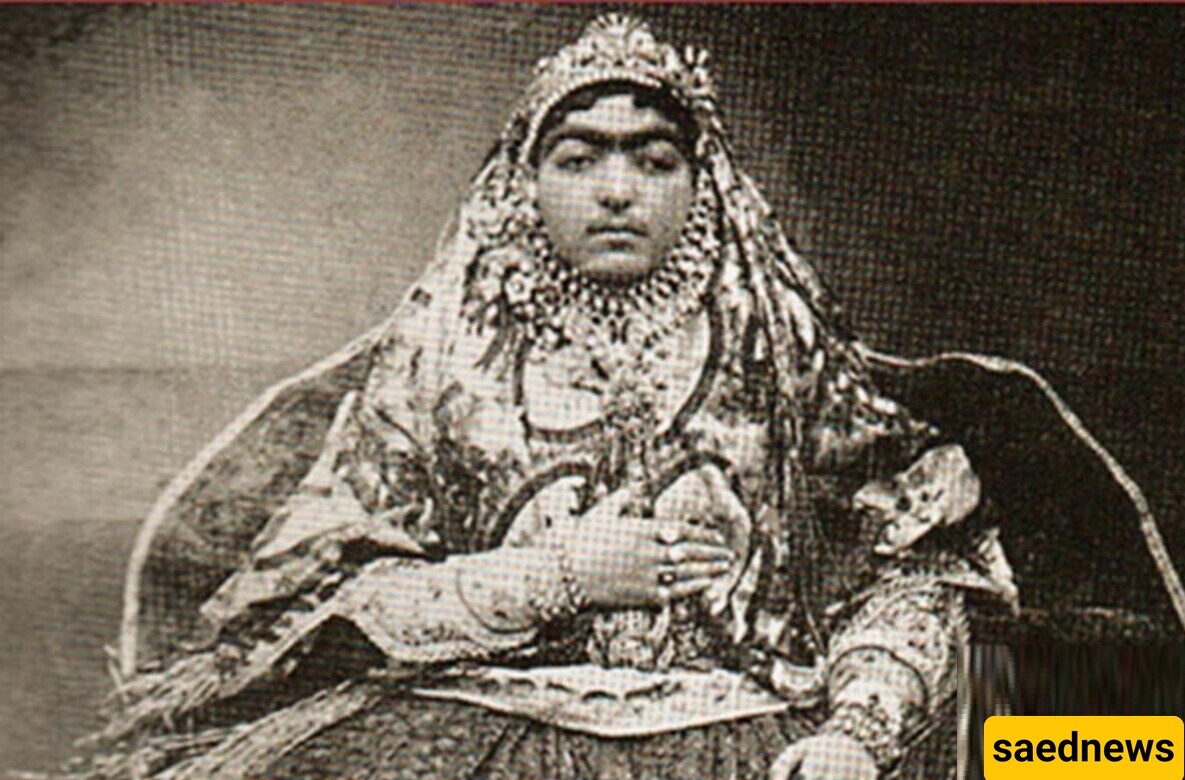Saed News: This 140-year-old historical mansion belonged to Fatemeh Soltan Khanom Anis-al-Dowleh, the beloved and powerful wife of Naser al-Din Shah Qajar, who held the title of Queen of Iran.

According to the historical section of Saed News, Anis al-Dowleh was the most beloved and influential figure in the court of Naser al-Din Shah. Her status surpassed that of the Shah’s other wives, and she can practically be regarded as the royal queen of Iran, having received the Order of the Sun and the Imperial Portrait medal from him.
Anis al-Dowleh, whose real name was Fatemeh, was an orphan girl who rose to the position of the Shah’s favorite in his crowded inner harem. She was from the village of Emameh in Lavasan. During one of Naser al-Din Shah’s hunting trips, he saw her herding her uncle’s flock and briefly spoke with her. In just a few moments, the teenage Fatemeh captured the Shah’s heart so deeply that upon returning from the hunt, he brought her to the palace and entrusted her to his beloved wife Jeyran, to teach her courtly manners and behavior.
After Jeyran’s death, the Shah married Anis al-Dowleh. Following their marriage, she steadily rose in rank at court and effectively became the unofficial queen of Iran. Despite not fitting modern standards of beauty, the Shah was so fond of her that Anis al-Dowleh had the power to appoint or dismiss anyone she wished.
Among the 84 women in Naser al-Din Shah’s harem, she was reportedly the only one who truly loved him. Her death is said to have occurred after the Shah’s assassination, when someone brought her the monthly stipend. Upon seeing his image on the banknote, she cried so much that she fell ill and eventually died from that sickness.





History of the Building’s Use to the Present Day
The Qajar owners sold this property to the Ministry of Education during the reign of Reza Shah Pahlavi. After that, the mansion ceased to be a residential home and was turned into a school, where Professor Mahmoud Hesabi was among its alumni.
In 1951 (1330 in the Iranian calendar), the building came into the possession of a private individual named Nader Esfahani. From the 1970s (1350s), due to the building’s proximity to the slaughterhouse, it was converted into the Tehran Sheep Meat Union headquarters—a function it has retained up to the present day.

